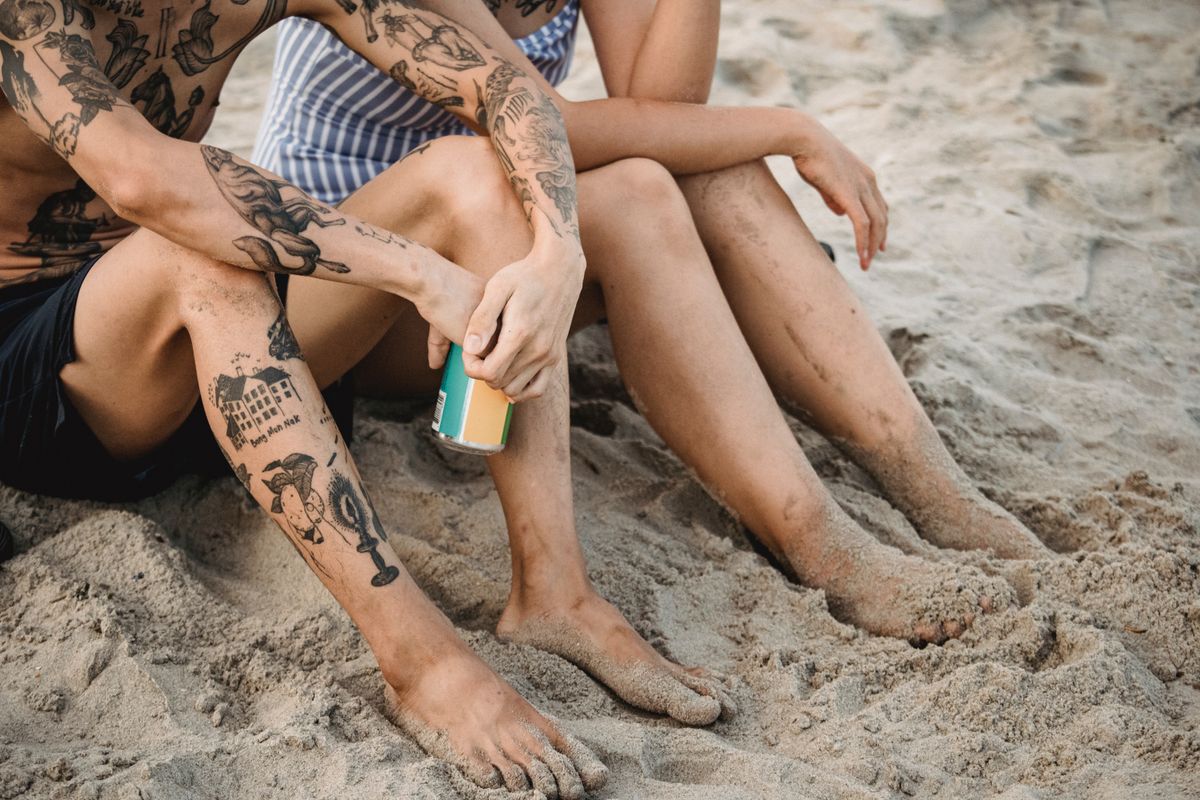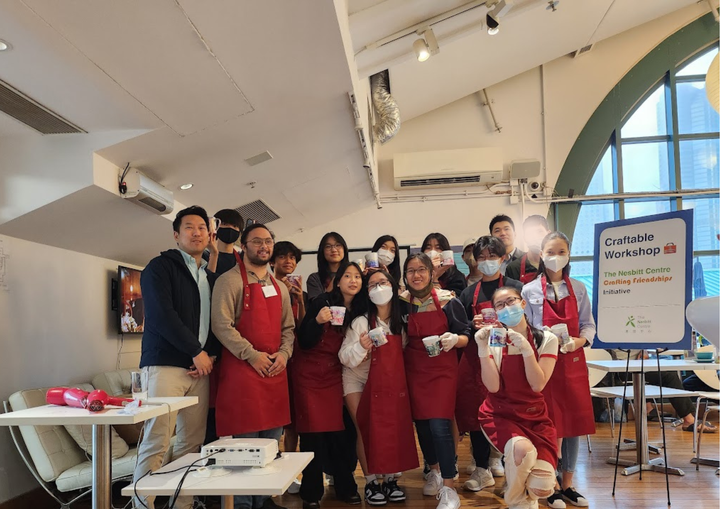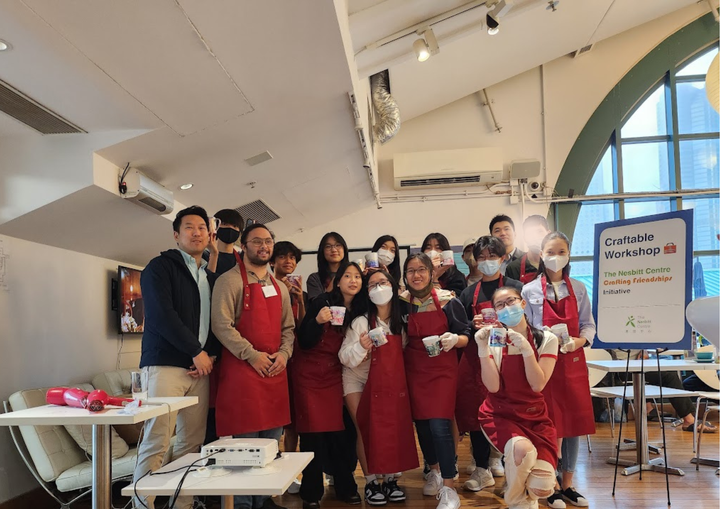Hong Kong’s International Tattoo Convention is finally back in August
The city of Hong Kong has an interesting relationship with tattoo culture.

A few minutes every morning is all you need.
Stay up to date on the world's Headlines and Human Stories. It's fun, it's factual, it's fluff-free.
The city of Hong Kong has an interesting relationship with tattoo culture. Here, tattooing is an art form that’s slowly gaining more acceptance and respect, especially among younger generations who see it as a mode of self-expression. But it wasn’t long ago when tattoos were really only associated with sailors and members of triads.
The city even has its own regional style of tattooing. Hong Kong tattoos share some similarities with the Japanese Traditional genre, which is defined by harmonious pieces covering parts of the body imitating woodblock print imagery. Hong Kong tattoo artists have been influenced by this style and have often ended up fusing these techniques with American techniques and using Chinese history, mythology and culture for subject matter. The Hong Kong dragon, for example, has four claws and a short mouth. On the other hand, Japanese dragons have three claws and long muzzles.
After a four-year-long break during COVID, this August, Hong Kong is welcoming back its International Tattoo Convention – the seventh ever. Originally founded by Gabe Shum, the event will be held at the Hong Kong Convention and Exhibition Center, hosting over 100 tattoo artists from Hong Kong and around the world. During the convention, there’ll even be a Tattoo Competition. The competition will be divided into three categories: black and white, color and school work. This gives artists the opportunity to showcase their work while competing for the honor and for spectators to get a better look at different techniques and styles.
“The convention serves as a starting point for dialogue, to engage people in the discussion,” said Shum, explaining the origins of the convention to Hive Life back in 2018. “If we don’t talk about it, people aren’t going to realize the value of tattoo. As a member of the industry, the onus is on us to defend our art. It was an unprecedented step. There were doubts, there were concerns. We were subjected to various inquisitions due to the sensitivity of the matter.”




Comments ()